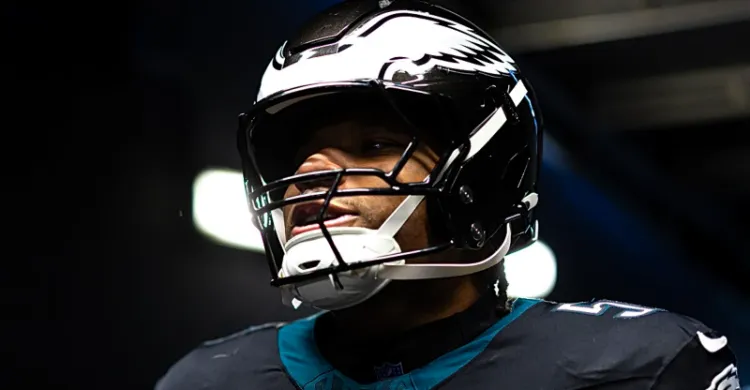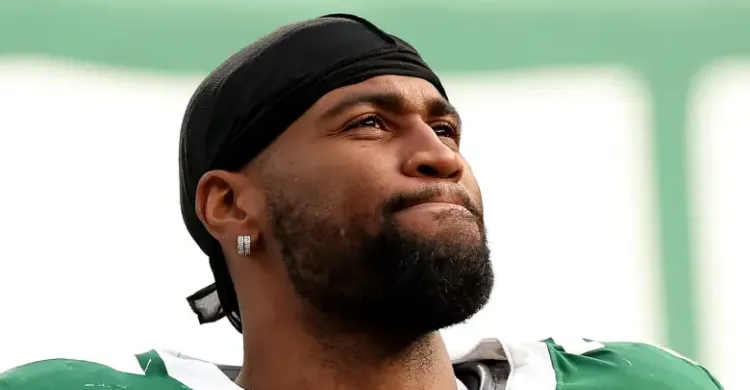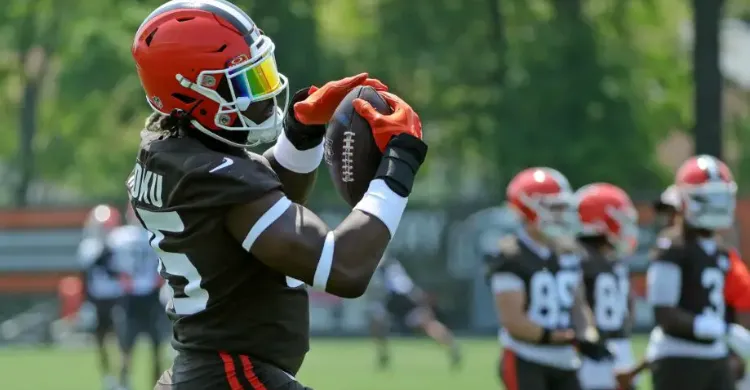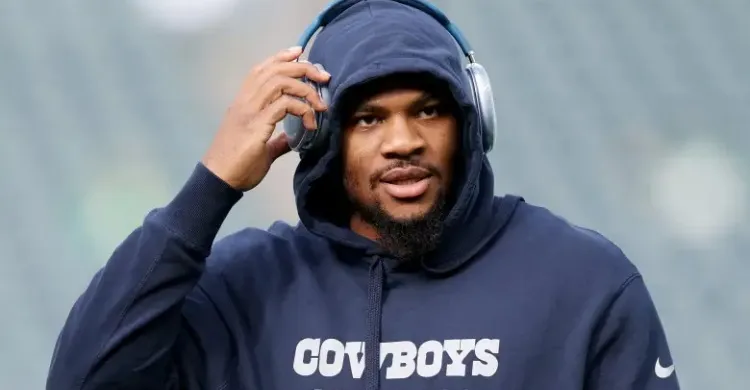The proverbial “Year 2 jump” for players can look different depending on the position and the individual. As one of the league’s biggest proponents of the draft-and-develop philosophy, the Green Bay Packers are accustomed to relying on players to make significant improvements in their second season. If a player can take that leap, it can elevate their position group and the entire side of the ball.

Linebacker Ty’Ron Hopper is one of the more intriguing players on Green Bay’s roster, and he finds himself at a crossroads this year.
Hopper was Green Bay’s third-round selection in the 2024 NFL Draft out of the University of Missouri. He was a somewhat controversial pick among the fanbase because many draft pundits projected him for the later rounds, but the Packers took him 91st overall.
General manager Brian Gutekunst felt the need to bolster the off-ball linebacker group after hiring new defensive coordinator Jeff Hafley and transitioning to a 4–3 base scheme. He doubled down shortly after selecting fellow linebacker Edgerrin Cooper one round earlier. Cooper blossomed in his rookie season and looks like a future star. However, Hopper’s role was limited, leaving us little to evaluate on defense.
Hopper barely saw any action on defense and was relegated to special teams throughout his rookie season. Even with starters Quay Walker and Edgerrin Cooper missing extended time due to injuries, Hopper only played 18 total defensive snaps, only 1.8% of the team’s total.
When injuries struck the linebacker corps, the team turned to veterans Eric Wilson and Isaiah McDuffie to fill the void rather than giving Hopper a chance to prove himself. Those 18 snaps came in blowout wins against the San Francisco 49ers, Seattle Seahawks, and New Orleans Saints late in the season. With how those games went, especially the Saints game, you wonder why he didn’t get in sooner than the final drives.
In those limited opportunities, Hopper earned average to below-average grades from Pro Football Focus: a 60.7 overall grade, 68.8 run-defense grade, and a 53.1 coverage grade. During his brief stint, he didn’t accumulate enough data for a pass-rushing grade.
The Packers may not want to overload him early, opting for the steady hands of veterans like Wilson, who wore the green dot on his helmet to relay defensive calls. Hopper likely had no opportunity to take on that responsibility in training camp or during the season.
Still, it’s worth questioning why the coaching staff didn’t take the opportunity to get a better look at a top-100 pick when the chance was there. Giving Hopper snaps wouldn’t have taken reps away from another young prospect. It would’ve meant fewer snaps for a 30-year-old Wilson, who is now with the Minnesota Vikings. McDuffie was also headed to free agency.
Although the Packers ultimately re-signed McDuffie to a two-year, $8 million deal, one can’t help but wonder if Hopper had shown anything defensively, would they have let McDuffie walk and spent that money elsewhere?
So, what’s the evidence that Hopper can take the Year 2 leap, and how does he fit on the 2025 Packers team?
Still, Hopper was a key contributor on special teams last season, logging 215 snaps and registering 10 tackles. Eric Wilson departed after playing over 300 special-teams snaps and 73% of the unit’s workload. Therefore, Hopper has an opportunity to help fill that void. His initial quickness and sideline-to-sideline speed make him a strong presence on coverage units. Year 2 under special-teams coordinator Rich Bisaccia and an increased role could unlock his potential as a core special-teamer.
On defense, Hopper will be in a battle to be the first linebacker off the bench in case of injury. Cooper, Walker, and McDuffie are set as the base defense starters. However, the competition is wide open behind them. Hopper will compete with Kristian Welch, former first-round pick Isaiah Simmons, and undrafted free agent Jamon Johnson for one – maybe two – spots. With Quay Walker out, Hopper and Simmons reportedly rotated in and out next to Isaiah McDuffie, playing with the No. 1 defense during Tuesday’s open OTAs. Simmons got the first crack, but they’re seemingly neck and neck in the pecking order as things stand now.
Welch and Simmons are proven special teams players and, particularly in Simmons’ case, have much more NFL defensive experience. If Simmons comes in and impresses, he could become LB4, and Hopper slides down the depth chart. Hopper must outplay them in camp to earn a roster spot.
Physically, Hopper has everything you want in an NFL linebacker: sideline-to-sideline range, physicality, and athleticism. His biggest weakness coming out of college was his delayed play diagnosis, often relying on his athleticism and recovery speed to stay in the play. That works in college, not so much in the NFL. The only way to improve in that area is to get game reps.
Hopper is by no means a lock to make the team, but it would be extremely surprising if the Packers cut a third-round pick in Year 2 without giving him a real shot at playing his natural position. Ideally, he can push Isaiah McDuffie in camp and, at the very least, rotate in for meaningful snaps to gain experience during camp and the three preseason games. The upside and talent are there for a Year 2 jump. It’s just a matter of whether the Packers will put him in a position to make it.



